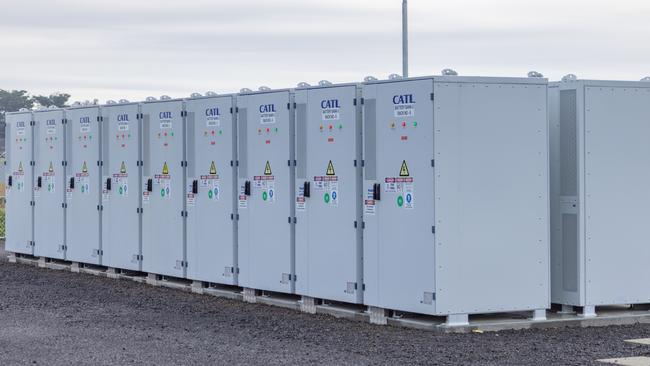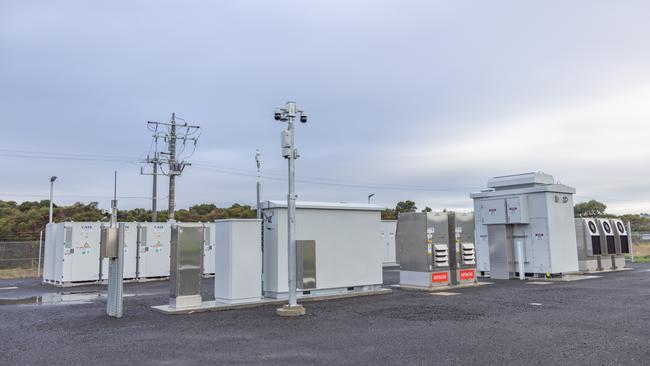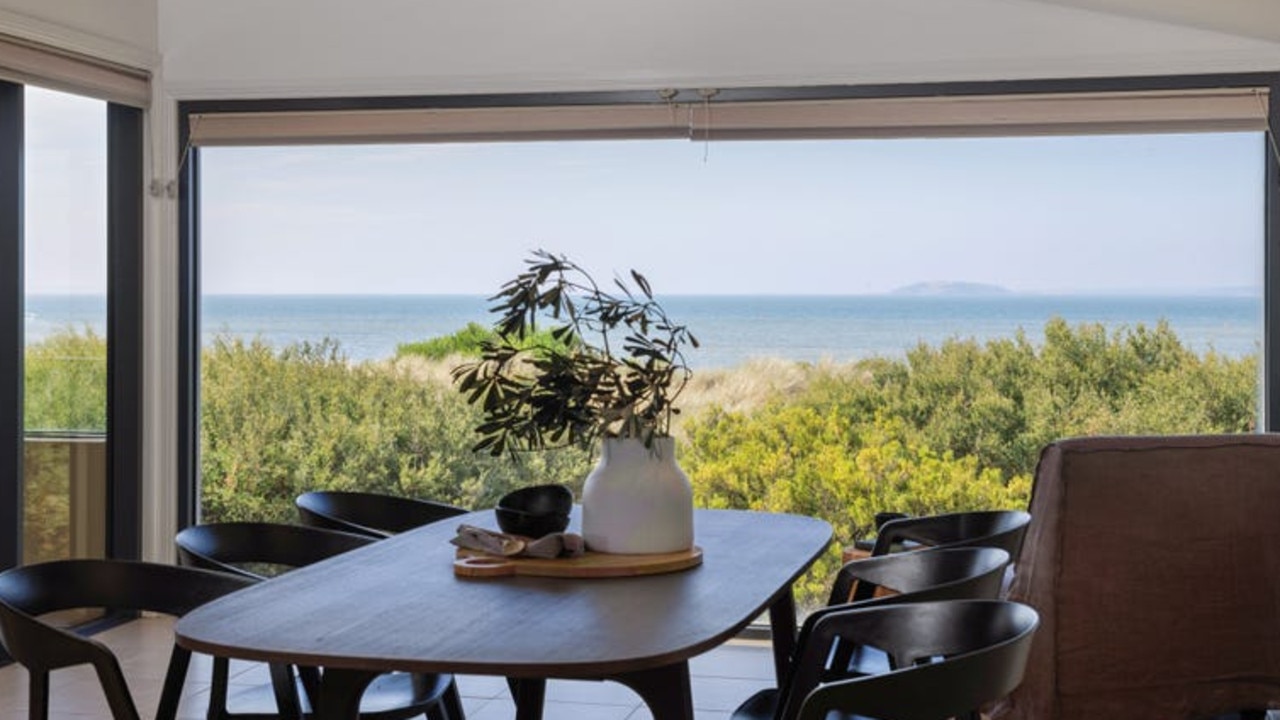Phillip Island set to have stable power at peak tourist times thanks to big battery
Phillip Island tourists and locals rejoice. No longer will your beer get hot in summer during pesky power blackouts. Find out why.
Bass Coast News
Don't miss out on the headlines from Bass Coast News. Followed categories will be added to My News.
A Victorian tourist hotspot will be able to breeze through summer without power outages upsetting the beer fridge thanks to a giant battery replacing diesel generators as backup.
The Phillip Island Community Energy Storage System (PICESS), which can power 8000 homes, is now in operation.
Located on Gap Rd, it replaces diesel generators previously used to provide back up power to the region over summer and other peak tourist times.
The project was a collaboration between totally renewable Phillip Island, Energy Innovation Cooperative, AusNet, Mondo, and Bass Coast Council and has the capability to power more than 8000 homes for two hours or 700 homes for a day.
AusNet Chief Executive Officer Tony Narvaez said replacing the diesel generators would “stabilise electricity supply”.

“The population of Phillip Island more than quadruples over summer, which puts a strain on the local electricity network, and at times, leads to power dropping out. This battery, which in time will be powered by renewable energy, will help solve this issue,” he said.
Bass Coast Shire Mayor, Michael Whelan, said it was a “key piece in the jigsaw” for Phillip Island.
“We already have over 8000 homes that have got rooftop solar, this is going to really help in absorbing all that solar and using it effectively,” he said.
The Hitachi 5MW/10MWh lithium-ion phosphate battery energy system came with a $10m price tag and is located in a 38m x 34m fenced high voltage compound and is connected to the electricity grid via underground cables.
Not only will the battery provide much needed stable electricity, it has provided for the local economy also.
“Twenty-five local jobs were created in the region during construction, with the project providing Phillip Island residents with new energy job opportunities,” said Mr Narvaez.

“This project is the first of its kind on Phillip Island and it has helped us build a greater understanding of how batteries fit into the broader energy transition from coal-generated electricity to renewables.”
The PICESS project will go towards meeting Victoria’s strong renewable energy targets, which will see 50 per cent of electricity come from renewables by 2030 and net-zero emissions by 2050.
The opening comes after it was found a network of street level batteries would not be a feasible way to bring more stable and renewable energy to the Phillip Island community.




